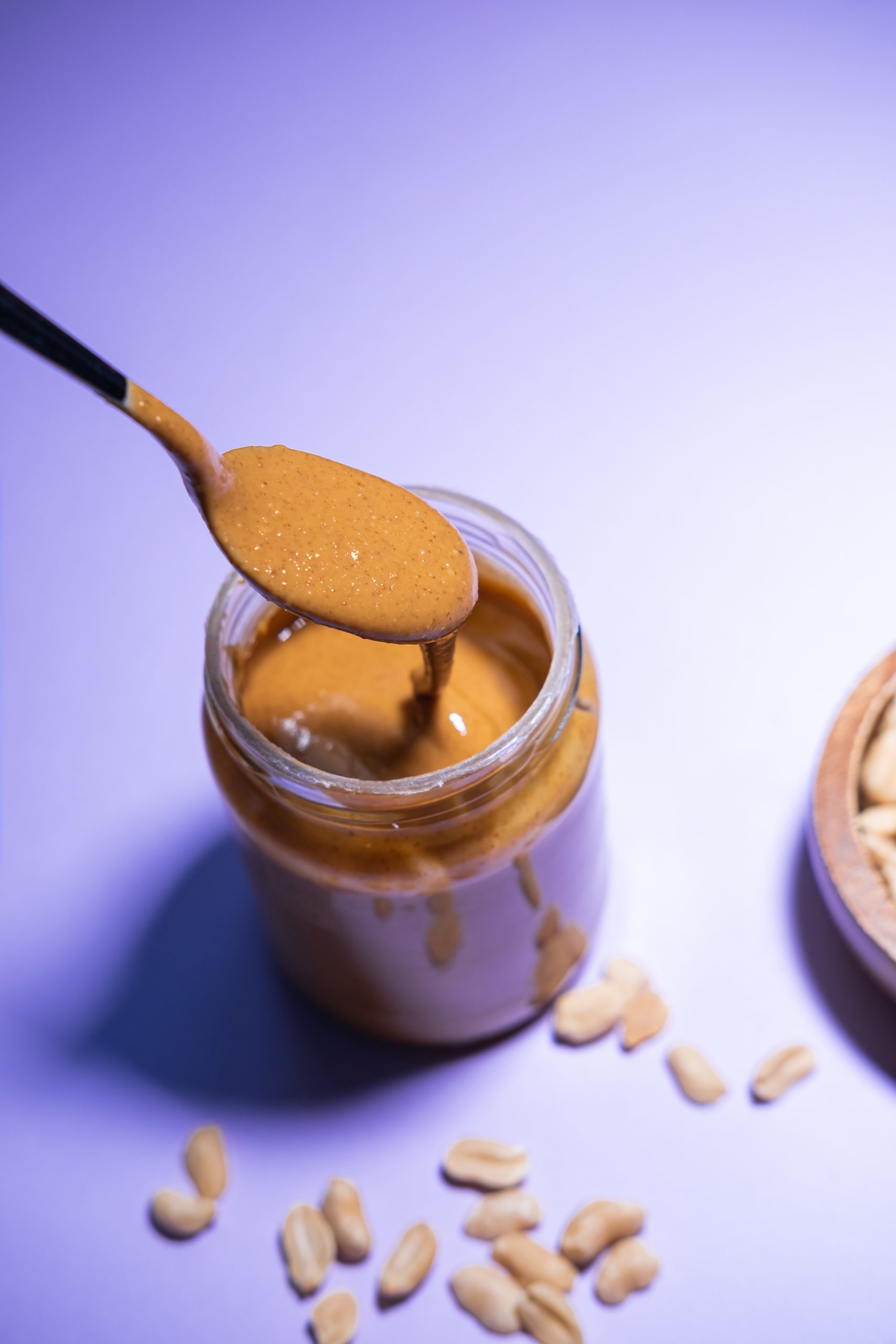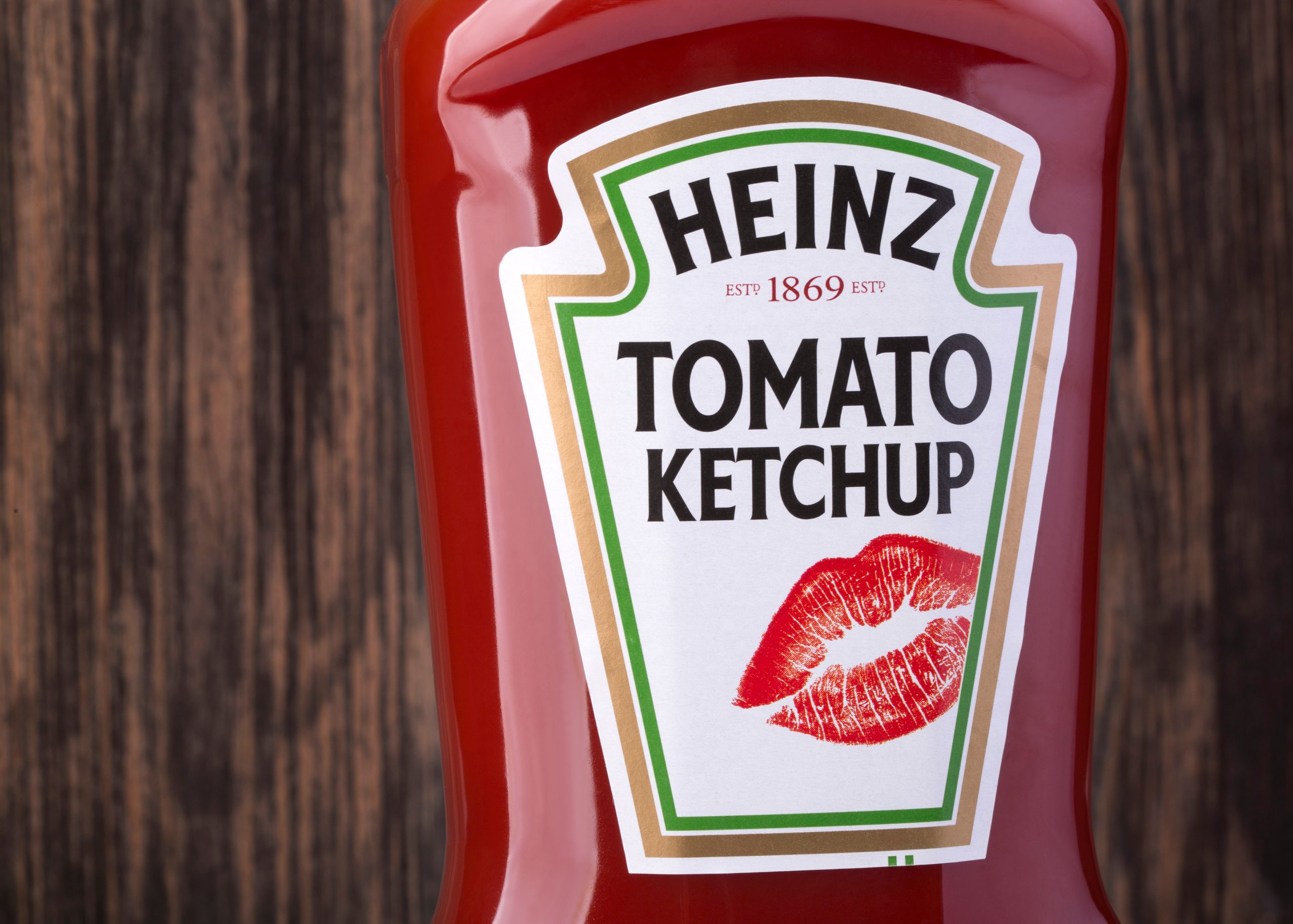For generations, glass was the standard container for a huge number of household staples. It was a sign of quality and purity. Today, however, you will notice that many of those classic glass jars and bottles have been replaced by “shatterproof” plastic packaging. This massive shift, which has happened quietly over the past decade, is not just about preventing breakage. It is a strategic move by manufacturers to lower their costs and to appeal to a new generation of shoppers who value convenience above all else.

1. Mayonnaise
The glass mayonnaise jar was once an icon of the American pantry. However, every major brand, from Hellmann’s to Duke’s, has now switched to a plastic jar. The companies state that this change was made in response to consumer demand for a lighter, safer, and more squeezable package. It also dramatically reduces their shipping costs and eliminates losses from breakage.
2. Peanut Butter
Like mayonnaise, peanut butter was also traditionally sold in a heavy glass jar. Today, it is almost impossible to find a major brand of peanut butter that still uses glass. The entire industry has shifted to lightweight, shatterproof plastic jars. This change has been a huge cost-saving measure for the manufacturers.
3. Pickles
The classic glass pickle jar is another item that is slowly disappearing. While many brands still use glass, a growing number, especially the store brands, have switched to plastic jars. This is a particularly noticeable change for a product that has been associated with the satisfying “pop” of a metal lid on a glass jar for over a century.
4. Pasta Sauce
The pasta sauce aisle has also seen a major shift toward plastic. While glass jars are still very common, many of the largest brands, like Prego and Ragu, now offer their sauces in plastic tubs and jars. These new containers are lighter, unbreakable, and often microwave-safe, which adds a new layer of convenience for the consumer.
5. Jelly and Jam
The small, glass jelly jar is another pantry staple that is being replaced. Many brands now sell their fruit preserves and jellies in squeezable plastic bottles. This is a direct response to consumer demand for a more convenient, kid-friendly package that makes it easier to make a peanut butter and jelly sandwich without a knife.
6. Ketchup

This was one of the earliest and most successful shifts from glass to plastic. The iconic, slow-pouring glass ketchup bottle from Heinz has been almost completely replaced by the squeezable, upside-down plastic bottle. This change, which was driven entirely by consumer demand for convenience, revolutionized the condiment industry.
7. Salad Dressings
The salad dressing aisle was once dominated by glass bottles. Today, plastic is the undisputed king. Nearly every major brand has made the switch to a lighter, cheaper, and more durable plastic bottle. This is another category where the change has been almost universally accepted by consumers.
8. Coffee
The classic glass jar of instant coffee is becoming a rare sight. Major brands like Folgers and Nescafé have switched to lighter, shatterproof plastic canisters. This change reduces shipping costs and prevents breakage. It is a clear sign that even the most traditional products are not immune to the economic advantages of plastic.
9. Vinegar
A glass bottle of vinegar is a classic pantry item. However, many of the large, gallon-sized jugs of white vinegar used for cleaning are now sold in plastic. Even some smaller bottles of culinary vinegars, especially from store brands, have made the switch to the lighter and cheaper plastic bottle
10. Some Craft Beers
In a more recent and controversial trend, some craft breweries have started to package their beer in plastic bottles instead of the traditional glass. They argue that the modern, high-tech plastic protects the beer from light and oxygen just as well as glass. It is also lighter and safer for use at pools and parks. This is a major break from tradition for the craft beer world.
The End of the Glass Age
The quiet disappearance of the glass container is a direct result of the modern economy’s demand for efficiency and convenience. Plastic is lighter, cheaper to ship, and safer for the consumer. While many people still prefer the premium feel and the recyclability of glass, the powerful economic and logistical advantages of plastic have made it the undisputed winner in the battle for the pantry shelf.
Do you prefer to buy products in glass or in plastic? What is the one product you wish would go back to its classic glass packaging? Let us know!
What to Read Next
10 “Family Size” Products That Offer Less Than Two Standard Packages
9 Deli Items That Are Pre-Packaged but Marketed as Fresh
10 Products Now Packaged to Hide Shrinkflation
Why Some Grocery Chains Repackage Expired Meat Without Telling You
7 Gross Truths About Pre-Packaged Salad Kits You Wish You Didn’t Know
The post 10 Household Staples That Now Come in “Shatterproof” Packaging—But Why? appeared first on Grocery Coupon Guide.







